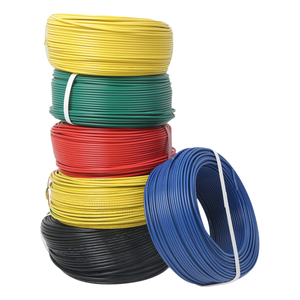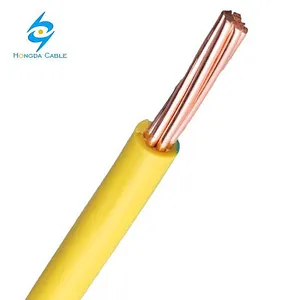Understanding Electrical Wire Sizes (mm) Uses
Electrical wire sizes measured in millimeters are crucial for ensuring effective and safe electrical installations. Choosing the right wire size is not only a matter of efficiency but also of safety, as incorrectly sized wires can lead to hazards such as overheating, electrical fires, and system failures. This guide delves into the various sizes of electrical wires, their applications, and their importance in different electrical setups.
Types of Electrical Wire Sizes (mm) and Their Uses
Electrical wires come in a range of sizes, each designed for specific applications:
- 1.5 mm² Wires: Commonly used for lighting circuits in residential installations.
- 2.5 mm² Wires: Ideal for ring circuits and power outlets; capable of handling moderate loads.
- 4 mm² Wires: Typically used for appliances and certain power circuits requiring higher currents.
- 6 mm² Wires: Suitable for electric cookers and high-powered devices where higher power requirements exist.
- 10 mm² Wires: Used for power distribution in certain heavy-load applications.
Function and Feature of Electrical Wire Sizes (mm) Uses
Each size of electrical wire plays a significant role in safely transmitting electrical energy. Here are key functions and features of various wire sizes:
- Current Carrying Capacity: Each wire size has a specific limit on how much electrical current it can carry without overheating.
- Voltage Drop: Larger wire sizes help minimize voltage drop over long distances, critical in maintaining efficient power distribution.
- Flexibility: Different types of wires offer varying degrees of flexibility, making them suitable for different installation environments.
- Safety Ratings: Many wires come with insulation that meets strict safety standards to prevent electrical shocks and hazards.
- Durability: Wire materials, like copper and aluminum, have distinct durability and conductivity properties, influencing their applications.
Applications of Electrical Wire Sizes (mm) in Different Scenarios
The applications of electrical wire sizes vary greatly depending on the setting:
- Residential: Smaller wire sizes (1.5 mm² and 2.5 mm²) are predominantly used for lighting and power outlets in homes.
- Commercial: In office buildings and retail spaces, larger sizes (4 mm² and above) are often used due to increased power demands.
- Industrial: Heavy-duty applications often require 6 mm² and larger wires, particularly in factories and manufacturing plants.
- Outdoor Installations: For outdoor lighting or power supply, weather-resistant wire types in appropriate sizes are essential for reliability.
- Automotive: Electrical wires are also crucial in vehicles, with various sizes used for different components depending on the power requirements.
How to Choose the Right Electrical Wire Sizes (mm) for Your Needs
Selecting the appropriate electrical wire size involves understanding the specifics of your project:
- Determine the Load: Calculate the total wattage of the devices you intend to connect to ascertain the required wire size.
- Assess the Length of the Run: Longer distances may require thicker wires to reduce voltage drop.
- Consider the Environment: External factors, such as temperature and exposure to moisture, may impact wire performance. Select appropriately insulated wires for such environments.
- Refer to Local Codes: Always adhere to local electrical codes and guidelines when determining wire sizes for safety compliance.
- Consult a Professional: When in doubt, consulting an electrician can provide insights tailored to your specific scenario.






















